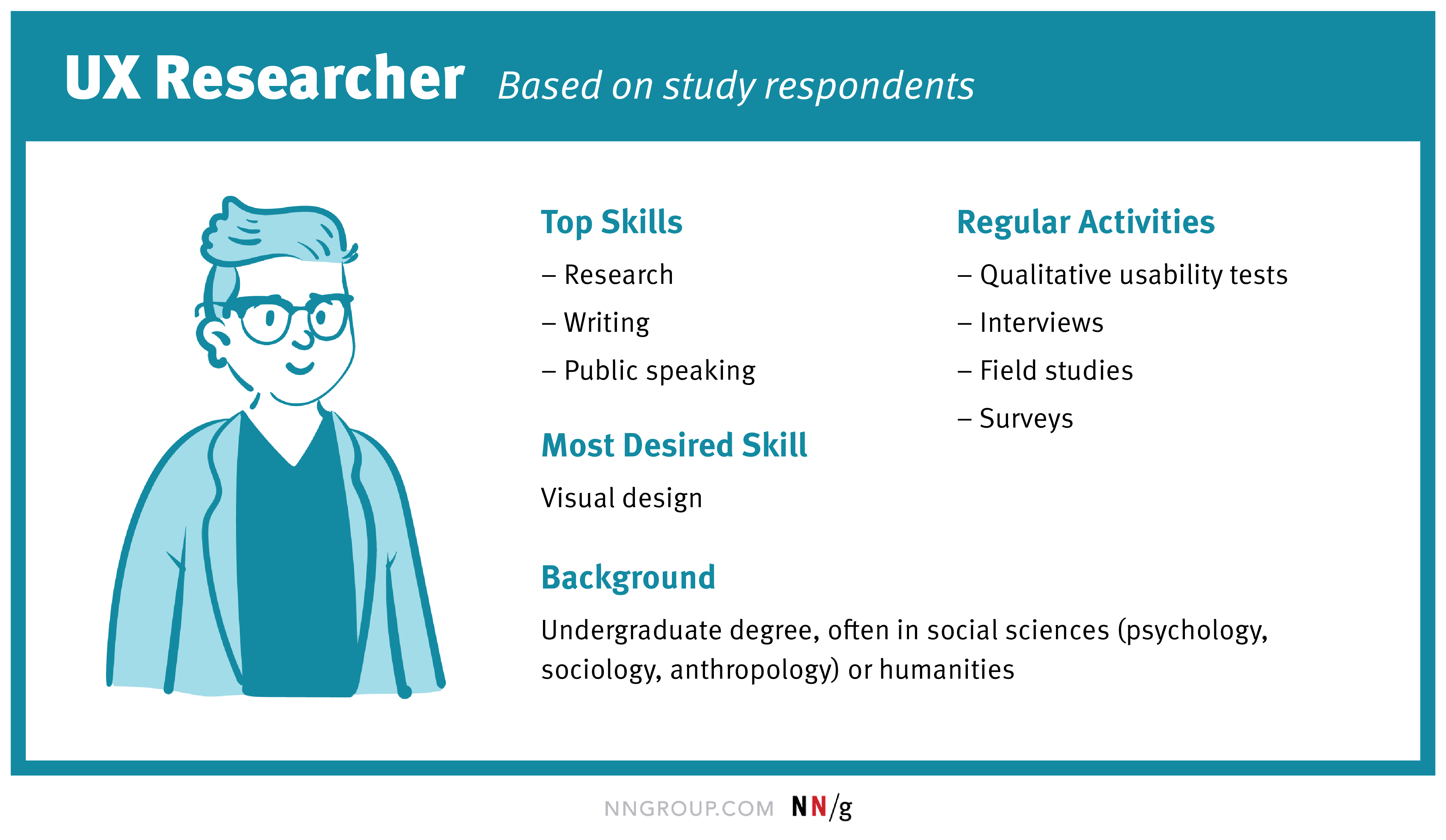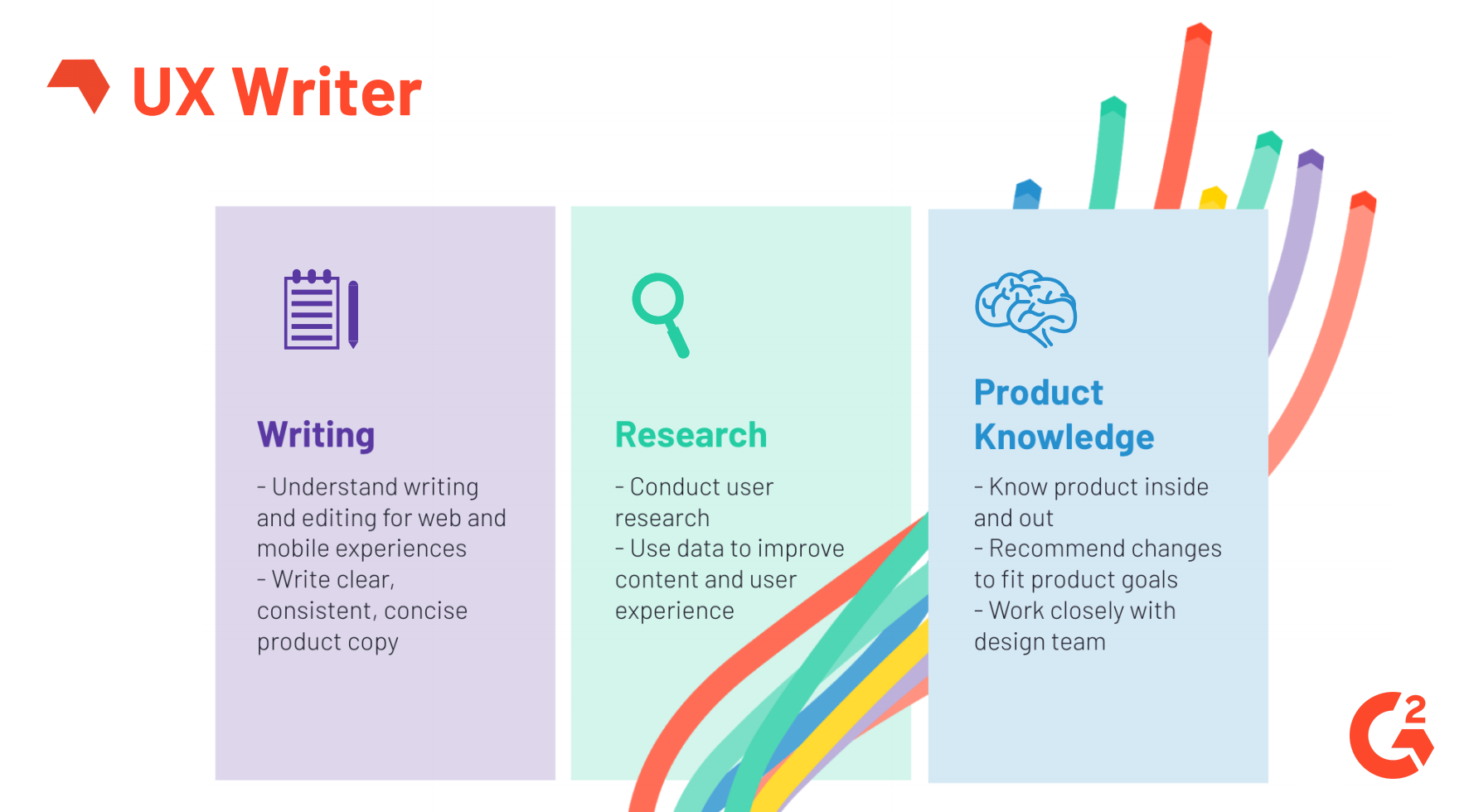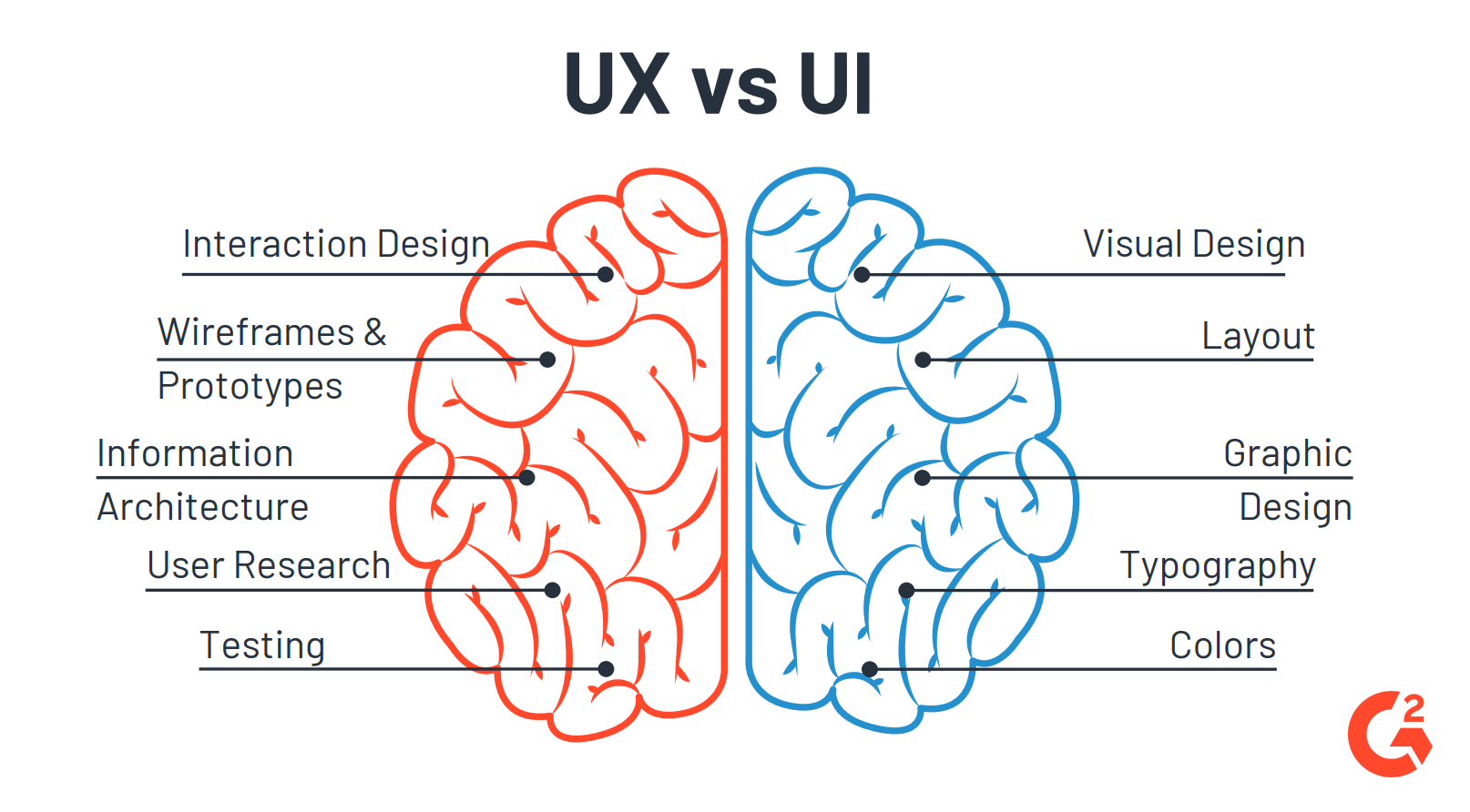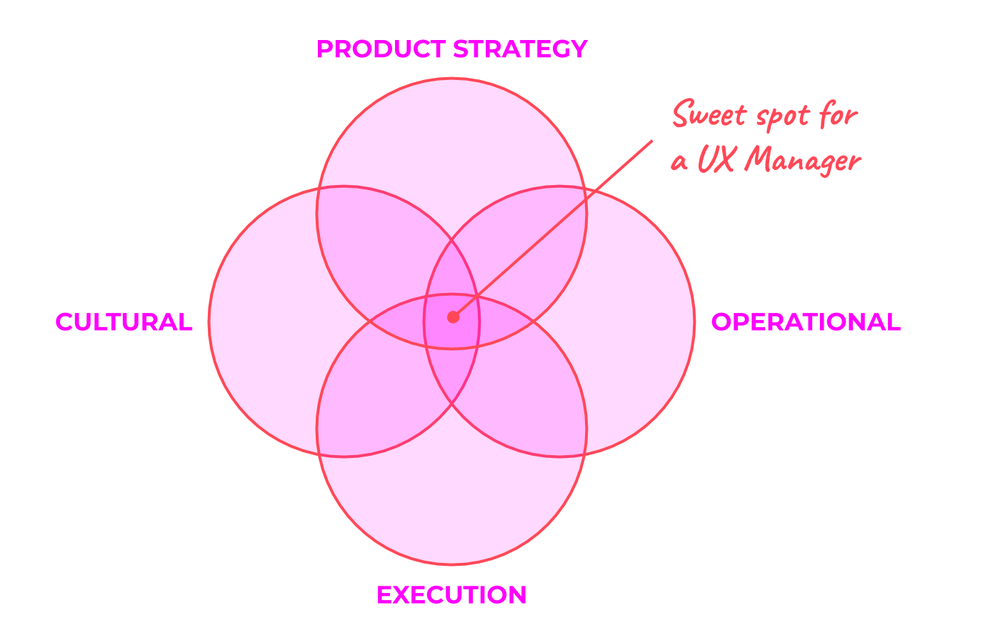UX design is a broad field that has a lot of different disciplines in it. If you’ve recently moved to UX design, it can be hard to understand what career path you should pursue. This article aims to uncover a few popular career paths so that you will have a better idea of how you should advance your UX career.
Building a career without a plan is similar to traveling without a map. You might eventually achieve some progress, but it's not guaranteed because you won't have many ideas of where you're headed to. A career plan will provide a few benefits, such as:
Direction and focus for your professional development. When you clearly understand what you want to achieve, you can create a plan with specific goals and milestones so that you can work towards achieving them. A career plan will also help you prioritize your learning and professional development. You will know what skills you need to master to improve your work.
Build a strong network of contracts. A plan will help you at developing your network of contacts. You will surround yourself with people from whom you can learn.
Constant motivator. A career plan has a direct impact on personal motivation and inspiration. Every time you achieve your goals, you stay motivated in what you do as a UX practitioner.

Product design. Image by Unsplash.
There are many potential career paths UX practitioners can follow, but in this article, we will cover the most popular six career paths along with their pros and cons.
UX researcher conducts user research to understand the needs, behaviors, and attitudes of people who use a product. The insights the UX researcher collects will inform the product design process and help the product team create a more user-friendly design. If you love interacting with people and analyzing data, UX research is an excellent job.
Popular research methods: UX researchers apply various methods and techniques to gather and analyze data. Here are a few popular methods: user interviews, usability testing, A/B testing, and online or offline surveys.
Salary: The salary of a UX researcher can vary depending on factors such as their level of experience, the organization they work for, or the location of their job. For this and all other career paths, we will provide the salary in the US. According to Glassdoor, the average salary for a UX researcher in the United States is $87k per year, ranging from $67k to $114k.

Pros:
Collaborative experience. UX research often involves working closely with people—users, teammates (designers, developers, etc.), and stakeholders.
Intellectual challenge. UX research always aims to understand the nature of the problem that users experience. Getting to the roots of the problem is a fascinating exercise.
Positive impact on people's lives. People join UX design because they believe they can improve users' lives; UX researchers have the opportunity to impact product design and create more user-friendly products.
Cons:
Limited control over the design process. UX researchers may not have direct control over the design decisions. They only communicate insights about user behavior to designers/developers and advise what changes should be made.
Limited creative freedom. UX researchers are responsible for collecting product design insights but not for creating actual user interface designs.
Time & budget constraints. UX research often involves working within tight time and budget constraints. Constraints can limit the scope and depth of the research.
UX writer is responsible for creating clear and engaging text copy for user interfaces that includes microcopy (i.e., button labels, error text) and macrocopy (i.e., blocks on texts on landing pages).
Many people think UX writing is the same as marketing writing, but it's not true. Marketing writing involves writing copy focusing primarily on potential users (the goal is to motivate them to try the product). At the same time, UX writers create copy that actual users can see in user interfaces.
Popular UX writing skills: Imagination, creativity, and copywriting are the most critical skills for a UX writer. Additionally, UX writers are often responsible for creating a content strategy and preparing writing guides for businesses that include brand tone of voice.
Salary: According to Glassdoor, the average salary for a UX researcher in the United States is $74k per year, with a range of $59k to $94k.

Pros:
Contributing to good user experience. UX writing involves applying writing principles and techniques to create content that is easy to read and comprehend. As a result, users make fewer mistakes when interacting with a product.
Collaborative work. UX writers work closely with UX designers and marketing specialists to create a copy that helps communicate the brand message and support users when they interact with a product.
Good entry-level position. If you want to move into UX design but don't have an impressive design portfolio but have solid copywriting skills, you can join the UX writing role.
Cons:
Limited control over the design process. UX writers are responsible only for UX copy, they have limited, or no control over the user interface layouts. Sometimes UX writers have to adapt to design constraints, such as limiting the number of words in a particular section to fit them into layout constraints.
UX strategist defines the direction for product design. This person understands product vision and creates a UX strategy that helps the team balance business goals, user needs, and technology capabilities. This strategy helps ensure that a product team stays focused on solving the right problem for their target users.
Popular strategy tools and frameworks: UX strategists must balance user needs and business objectives when creating a product. That's why they use tools like business model canvas and Lean UX frameworks to define business requirements and adjust the design process accordingly.
Salary: According to Glassdoor, the average salary for a UX researcher in the United States is $132k per year, ranging from $105k to $170k.

Pros:
Have more control over the design process. Decisions that UX strategists make have a direct impact on the design process. All team members have to follow the strategy when they build a product.
Be in touch with stakeholders. UX strategist gets executives onboard by helping them see what the product team is building.
Cons:
Risk of making incorrect decisions. UX strategist creates a plan that a product team follows when they build a product. As a result, a UX strategist becomes the first person to blame when a product design strategy is not working for some reason.
A UX designer understands the user's mindset and creates products that offer great experiences for people who use them. The responsibilities of a UX designer include learning about user needs/wants and creating wireframes, mockups, and prototypes of the product that satisfies the needs. This role is excellent for anyone genuinely interested in learning about people.
Popular UX design methods and tools: UX designers conduct user research to understand user needs better, ideate the solution to the problem, and visualize it. It's possible to use pen and paper to turn ideas into visuals, yet, UX designers often use digital UX design tools when they design a product. Digital design tools make it easier to reuse design assets and turn wireframes/mockups into high-fidelity prototypes.
Salary: According to Glassdoor, the average salary for a UX researcher in the United States is $97k per year, ranging from $77k to $126k.

Pros:
Make design tangible. UX designers turn product specifications into wireframes and mockups.
Human-centered design. UX designers know how to create easy-to-use products and can use this knowledge to design products that improve people's lives.
Cons:
Minimal or no control over visual language. UX designers share wireframes/mockups with visual designers, and visual designers turn them into the high-fidelity pixel-perfect design. The outcome depends on the skills that visual designers have.
UX/UI designer combines two roles: "User interface design" and "User experience design." Many seasoned designers argue against combining the roles, yet small- and medium-sized companies often look for a single person who can deal both with UX and UI design. UX/UI designer is expected to have a good understanding of usability principles and solid experience creating pixel-perfect & easy-to-use interfaces.
Popular UX/UI design methods: UX/UI designers should be proficient in user experience and user interface design. UX/UI designers should be familiar with user research (i.e. be able to conduct user interviews to understand user needs) and use this information to create a pixel-perfect design that will help users do what they want to do.
Salary: According to Glassdoor, the average salary for a UX researcher in the United States is $80k per year, with a range of $65k to $102k.

Pros:
Total control over the functional and visual side of design.
Ability to create user-centered products.
Cons:
Twice as much work as UX or UI designer. UX/UI designers must be involved in UX and UI design activities. Most of the time, UX/UI designers will focus more either on the functional or visual side of the design.
UX manager involves leading and managing a team of UX designers. UX managers work closely with stakeholders and oversee the UX design process for a product or service. UX manager sets UX standards for the product team and supports the team in achieving solid performance.
Popular UX manager skills and framework: UX managers should have solid interpersonal and leadership skills to motivate team members to work effectively. The UX manager is also familiar with the design thinking that the product teams use when they build new products.
Salary: According to Glassdoor, the average salary for a UX researcher in the United States is $161k per year, with a range of $129k to $206k.

Pros:
More control over the design process. UX managers define the design process and set objectives for the product team. They can influence business decisions and design strategies.
Ability to support team member growth and career development.
High salary. Typically UX managers have a higher wage than other team members.
Cons:
Limited hands-on design work. UX managers aren't responsible for creating wireframes, mockups, or prototypes.
Work under pressure. In many companies, UX managers constantly work under pressure because they try to release a product in tight timeframes.
You first need to understand whether you prefer hands-on work (want to create something yourself) or want to manage the design process. Of course, you cannot count on becoming a UX manager if you only started in UX design. Yet, you should aim to master the skills that will help you become an effective manager.
If you like designing new products and care about people who will use them, UX design is a promising career.
Whether a designer works long hours largely depends on the organization and project the UX designer is working on. It's true that in some companies, UX designers have to work long hours, but it happens mainly due to a poorly organized design process. When the design process is effective, there is no need to stay at work late.
The role of a UX designer lies at the intersection of many different disciplines—from psychology to user interface design. UX designers should have practical knowledge in many different domains and that's why they are typically rewarded with a high salary.
Yes. According to Indeed, the job outlook for UX designers is expected to increase by 13% by 2030. It will happen due to the growing need for mobile app designs.
People come to UX design from various fields, but it's easier to transition to UX design from psychology and design (graphic and visual design). People with a degree in psychology better understand human behavior and can use this information to create better products. Graphic and visual designers are familiar with the foundational principles of design.